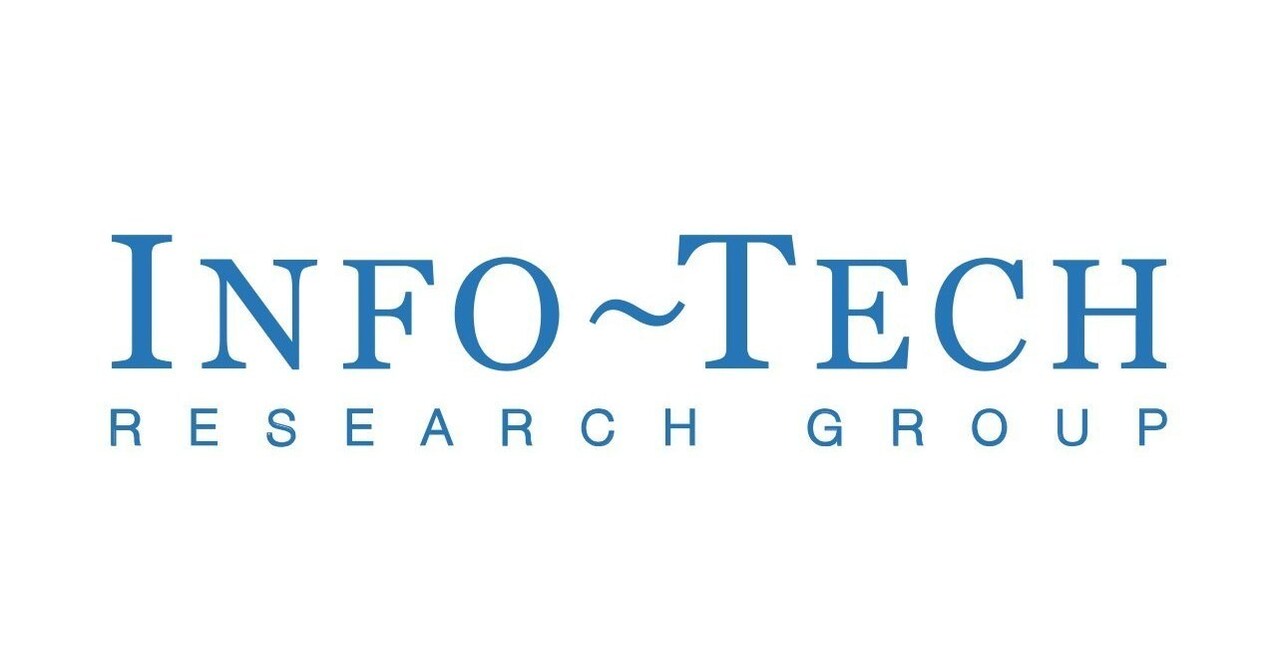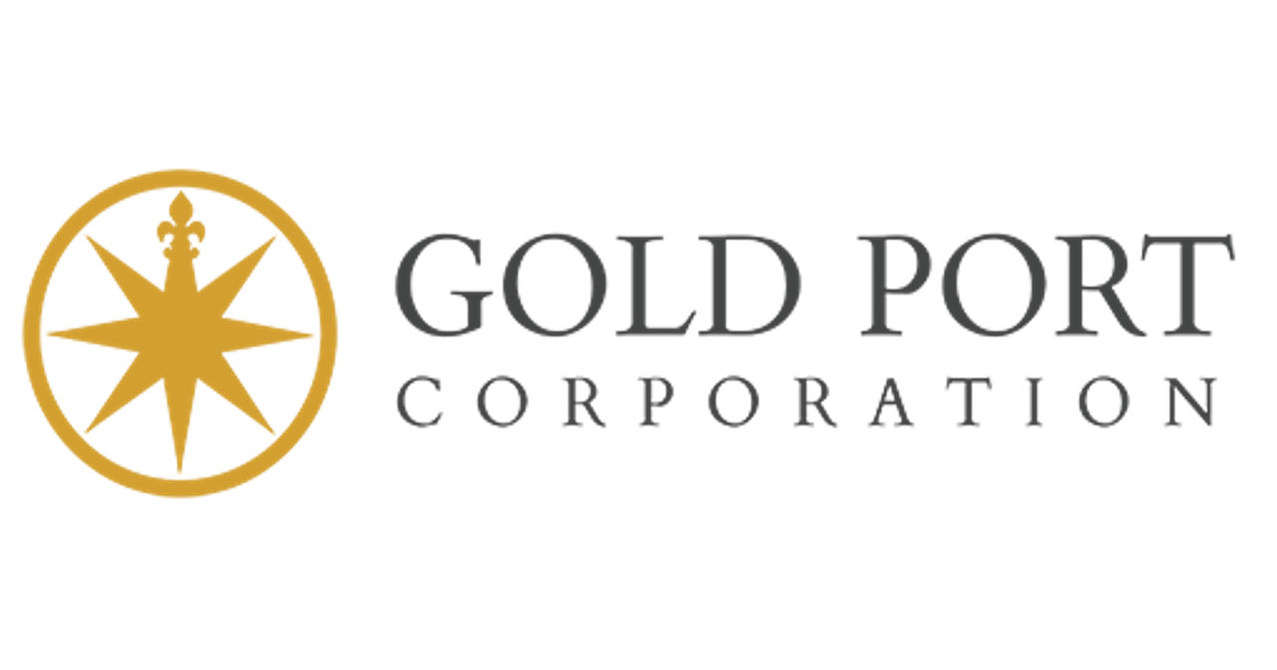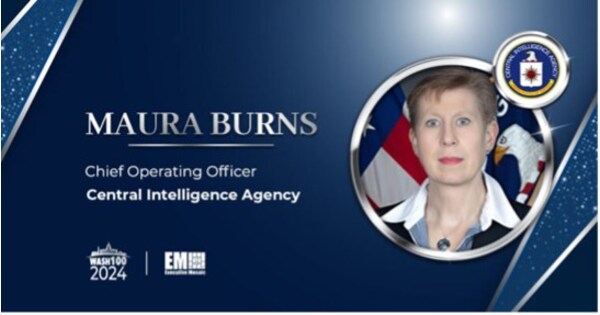The landscape of corporate communication has undergone significant changes, particularly regarding last-minute updates, which have grown increasingly crucial in today’s fast-paced business environment. This report examines the key trends surrounding the dissemination of urgent corporate information and its implications for businesses and stakeholders. The findings highlight a shift towards more agile communication strategies, driven by the necessity for companies to remain competitive in an era marked by rapid information flow and digital transformation.
One of the primary trends identified is the adoption of real-time communication channels, which enable organizations to disseminate updates promptly. Social media platforms, internal communication tools, and mobile applications have emerged as vital instruments for facilitating immediate information sharing. Companies that leverage these platforms tend to experience enhanced engagement with both employees and clients, fostering a greater sense of transparency and trust.
Financial implications for companies ignoring last-minute communication updates can be substantial. Delays in conveying critical information often lead to misalignment within teams, a decline in morale, and potential losses in revenue due to missed opportunities or reputational harm. Conversely, organizations that prioritize timely updates can capitalize on immediate feedback, allowing for informed decision-making and swift responsiveness to market changes.
The overall market impact of these communication trends indicates a pronounced shift towards prioritizing efficient real-time updates. Companies that effectively implement these strategies demonstrate resilience and adaptability, traits that are increasingly valuable in today’s marketplace. By aligning communication approaches with modern demands, organizations can not only improve operational efficiency but also gain a competitive edge. As such, understanding last-minute updates in corporate communication is essential for professionals aiming to navigate the complexities of contemporary business dynamics.
Introduction to Last Minute Updates
Last minute updates in corporate communications denote any information or announcements disseminated at short notice, often requiring immediate attention and action. These updates can vary from changes in business operations to urgent messages regarding employee protocols or emerging market conditions. The capacity to deliver such communications swiftly is essential in today’s fast-paced business environment, where the stakes often hinge on timing and accuracy.
The significance of timely communications in business cannot be overstated. Failure to communicate pertinent information promptly may lead to operational disruptions, misunderstandings, or even significant financial repercussions. Therefore, businesses invest heavily in enhancing their communication frameworks to ensure agility and responsiveness. The rise of digital technologies and communication tools facilitates this, allowing for instant message dissemination across various platforms. Email, messaging apps, and dedicated corporate communication tools play a crucial role in ensuring that ‘last minute updates’ reach relevant stakeholders effectively.
Technological advancements have transformed traditional communication paradigms within organizations. The advent of real-time communication tools has not only streamlined the way messages are sent and received but has also set higher expectations for response times and information accuracy. As companies adapt to these changes, they recognize that their ability to manage and disseminate last minute updates can significantly influence their operational efficacy and employee morale.
Common types of last minute updates include critical announcements about market developments, production delays, policy changes, and emergency procedures. These updates are often communicated to internal teams, external stakeholders, and employees, emphasizing the importance of precision and clarity in messaging. By understanding the nature and importance of last minute updates, organizations can better equip themselves to navigate challenges and seize opportunities as they arise.
Current Market Trends
In today’s dynamic corporate landscape, organizations are increasingly faced with the necessity for swift communication, known as last-minute updates, that align with evolving market trends. One significant trend is the shift in communication channels where traditional methods, such as email and print media, are increasingly supplemented by social media and instant messaging applications. These platforms allow for instantaneous dissemination of information, making them indispensable for timely internal and external communication.
A recent study indicated that 84% of employees now prefer receiving real-time updates through digital channels. This preference highlights a growing expectation from audiences for transparency and immediacy in corporate communications. As a result, organizations are compelled to enhance their digital presence and deploy more efficient communication strategies that accommodate last-minute updates. In response, many corporate entities are investing in comprehensive digital communication platforms to streamline information flow and ensure consistency across channels.
Furthermore, the integration of advanced digital tools, such as artificial intelligence and data analytics, is playing a pivotal role in shaping corporate communication practices. AI algorithms facilitate the quick analysis of audience sentiment, helping organizations tailor their messages more effectively. This capability is crucial during crises or critical updates when real-time sentiment analysis can guide the choice of communication tone and content. According to a recent report, 70% of companies that utilize data-driven decision-making for communication have noted a significant improvement in their stakeholder engagement levels.
In essence, the quest for more agile communication practices necessitates a profound understanding of current market trends. By leveraging modern channels and tools, businesses can enhance their responsiveness and ultimately maintain a robust communication strategy that effectively addresses last-minute updates. Adapting to these trends is essential for navigating the complexities of today’s corporate communication landscape.
Key Drivers of Change
The landscape of corporate communication has witnessed significant transformations in recent years, driven by a range of key factors. Among these, technological advancements, social dynamics, and economic pressures stand out as central to the evolution of last-minute updates. Understanding these elements is crucial for organizations striving to adapt to the rapidly changing environment of corporate messaging.
Technological advancements are at the forefront of driving change in corporate communication. The proliferation of digital communication tools has revolutionized the way information is disseminated. For instance, cloud-based platforms enable immediate access to data, facilitating instantaneous updates across various channels. Moreover, the rise of mobile devices allows employees to receive and respond to communications on-the-go, further heightening the necessity for timely updates. As noted by communication experts, the intersection of technology and communication has become pivotal in maintaining operational efficiency in businesses.
In addition to technological influences, social factors play a significant role in shaping corporate communication strategies. The expectation for immediate responses and updates from stakeholders has heightened, partly due to the influence of social media. These platforms encourage transparency and immediacy, compelling organizations to adopt a more agile approach to communication. Additionally, the rise of remote work has necessitated a shift in corporate communications, where last-minute updates become critical in bridging the gap between dispersed teams and stakeholders.
The economic context cannot be overlooked either; fluctuating market conditions compel organizations to remain vigilant and responsive. Companies must navigate market unpredictability and manage crises effectively, making last-minute updates essential for survival and growth. Case studies indicate that businesses that prioritize adaptive communication strategies tend to outperform competitors, demonstrating a clear link between proactive communication and organizational resilience.
In conclusion, the change in corporate communication dynamics is multifaceted, influenced heavily by technological progress, evolving social expectations, and economic demands. As corporations continue to embrace these drivers, the emphasis on last-minute updates is likely to grow stronger, underscoring the need for effective communication strategies in today’s fast-paced business environment.
Financial Implications
In an increasingly dynamic business environment, last minute updates frequently emerge as a critical component of corporate communication strategies. These updates can have notable financial implications that extend beyond immediate costs. For organizations, the effectiveness of last minute notifications may significantly influence operational expenses while also impacting potential revenue streams. Promptly addressing emerging issues can reduce the overall financial risks associated with miscommunication, thereby safeguarding corporate resources.
The cost implications of implementing last minute updates are multifaceted. On one hand, resources must be allocated for communication efforts, including personnel time, technological tools, and other related expenditures. On the other hand, failure to provide timely updates can result in severe repercussions, such as operational disruptions or reputational damage, which could lead to long-term financial consequences. By weighing these factors, organizations can assess the appropriateness of last minute updates as an investment in their communication capabilities.
Furthermore, last minute updates can directly influence revenue fluctuations. For example, businesses that respond swiftly to market changes or customer feedback through timely communication are more likely to maintain or enhance customer satisfaction, fostering loyalty and repeat purchases. Alternatively, delayed responses might result in customer dissatisfaction, negatively affecting sales figures. Therefore, effective communication during critical moments can serve as a strategic risk mitigation approach that subsequently bolsters the financial health of a firm.
Additionally, the relationship between communication efforts and overall financial performance cannot be overstated. Corporate communication plays a pivotal role in ensuring that stakeholders are informed and aligned with the organization’s goals. The capacity to convey accurate and timely updates reflects an organization’s robustness, ultimately influencing investor confidence and market valuation. In essence, last minute updates represent a crucial intersection between communication strategies and financial outcomes, establishing their importance in modern business practices.
Broader Economic Implications
The practice of issuing last minute updates in corporate communications holds substantial economic implications that extend far beyond immediate business operations. These updates can significantly influence market stability, affecting not only the company in question but also its competitors and the industry as a whole. When a major announcement is made abruptly, investors and stakeholders are often taken by surprise, leading to heightened volatility in stock prices. This correlation can result in a ripple effect across associated sectors, as investors reevaluate their strategies based on perceived risks and opportunities. Market stability is therefore intricately linked to how effectively a company manages its communications during critical times.
Investor confidence plays a crucial role in shaping the economic landscape. When businesses engage in transparent and timely communication, particularly in moments of uncertainty, it tends to foster a positive relationship with investors. Conversely, last-minute updates that lack clarity or context can inspire skepticism and distrust, eroding investor confidence. For instance, the tech sector has experienced fluctuations in stock performance following unexpected product recalls or shifts in executive leadership, highlighting the need for robust communication strategies. Companies that prioritize clear messaging during such pivotal moments can mitigate negative repercussions on their valuation and instill a sense of stability among investors.
Industry reputation is another significant aspect affected by last minute updates. In an age where information rapidly circulates through digital channels, the ability to communicate effectively can bolster or tarnish a corporation’s standing within its sector. Examples from the financial industry underline this point; firms that promptly disclose material changes are often viewed as more trustworthy and reliable. In contrast, organizations that appear reactive or unprepared may face critical reputational damage, which can, in turn, affect customer loyalty and market share. Thus, addressing the broader economic implications of last-minute corporate updates is essential for sustainable business practices and long-term strategic advantages.
Risks and Opportunities
Last minute updates in corporate communication present a dual-edged sword, where both substantial risks and significant opportunities coexist. As organizations strive to enhance their responsiveness amid ever-changing market conditions, the agility afforded by prompt communication updates can serve as a competitive advantage. However, it is crucial to navigate the challenges that accompany this rapid dissemination of information.
One of the primary risks associated with last minute updates is the potential for misinformation. In the haste to communicate, organizations may inadvertently share unverified or incomplete information. This not only jeopardizes the credibility of the entity but can also lead to widespread confusion among stakeholders. As companies rush to keep their audiences informed, the quality of the content can suffer, resulting in unclear messaging that hinders effective communication. Thus, ensuring accuracy while maintaining speed is an ongoing challenge for corporations.
Another significant risk involves audience disengagement. In an environment flooded with information, stakeholders may become desensitized to frequent updates, leading to diminished interest and engagement. This is especially pertinent in a world where attention spans are dwindling, and users are selective about the information they consume. Consequently, it becomes paramount for corporations to strike a balance between timely updates and the value of the content being delivered.
Yet, amidst these risks lie various opportunities. Last minute updates can enhance an organization’s reputation for transparency and adaptability, which may foster a stronger relationship with stakeholders. Industry leaders emphasize that timely communication can build trust, showing that a company values its audience’s need for current information. Moreover, proactive updates can allow companies to shape narratives and control potential crises, positioning them as thought leaders within their market space.
Case Studies and Expert Opinions
In the realm of corporate communication, effective last-minute updates can be crucial to maintaining stakeholder trust and ensuring operational success. This section delves into various case studies that illustrate both successful and unsuccessful instances of last-minute updates, offering valuable lessons alongside expert commentary.
A notable example of success involved a major telecommunications company that faced unexpected technical issues impacting service availability. The communication team swiftly issued a transparent update across multiple platforms, detailing the problem, the estimated resolution time, and compensation plans for affected customers. This proactive approach, coupled with a dedicated support team ready to engage with customer inquiries, garnered praise from communication specialists. According to Dr. Anna Thompson, a communications strategist, “Timely and transparent updates not only mitigate frustration but also enhance customer loyalty.” The decisive actions taken by the company exemplify how effective communication can turn a potentially negative situation into an opportunity for brand reinforcement.
Conversely, a case involving a financial services firm underscores the pitfalls of poor last-minute communication. When regulatory changes were announced just hours before they took effect, the organization’s failure to inform both employees and clients led to widespread confusion. Experts noted that the lack of a structured update created distrust among stakeholders. “In times of change, clarity is key. Organizations that rush updates without a cohesive strategy can face significant backlash,” stated Michael Reyes, a corporate communication advisor. This situation serves as a stark reminder that clear, well-planned communication is essential, particularly under pressure.
These case studies, supplemented by insights from industry experts, illustrate the high stakes involved in last-minute updates. By examining both success and failure, organizations can glean important strategies to refine their communication practices, ensuring readiness in dynamic business environments.
Future Outlook and Conclusions
As we navigate the complexities of corporate communication, particularly concerning last minute updates, it becomes increasingly clear that timely and effective communication is vital for organizational success. The findings from this report underscore the importance of adapting to an ever-evolving business environment, where rapid changes necessitate adaptable communication strategies. Businesses that leverage last minute updates effectively will likely possess a competitive edge, especially in industries where agility is paramount.
Looking forward, several trends are anticipated to shape corporate communication in the coming years. First, the integration of advanced technology, such as artificial intelligence and big data analytics, will play a significant role in improving the timeliness and relevance of updates. These tools will enable organizations to tailor their communication to specific stakeholders, ensuring that the right information reaches the right people at the right time. Consequently, companies that invest in such technologies will be better equipped to manage and disseminate last minute updates, fostering a culture of transparency and responsiveness.
Additionally, the growing importance of remote work and digital platforms is likely to influence the methods through which last minute updates are communicated. As teams become increasingly dispersed, virtual communication tools will need to evolve to meet the demands of real-time updates. This transition will not only enhance collaboration but also empower employees to stay informed and engaged, regardless of their physical location.
In conclusion, the corporate landscape is shifting rapidly, highlighting the necessity for organizations to prioritize timely communication, especially for last minute updates. By embracing technological advancements and adapting to changing work environments, businesses can enhance their responsiveness and maintain their competitive advantage. As these trends unfold, an ongoing commitment to effective communication will be paramount in navigating the challenges and opportunities ahead.




